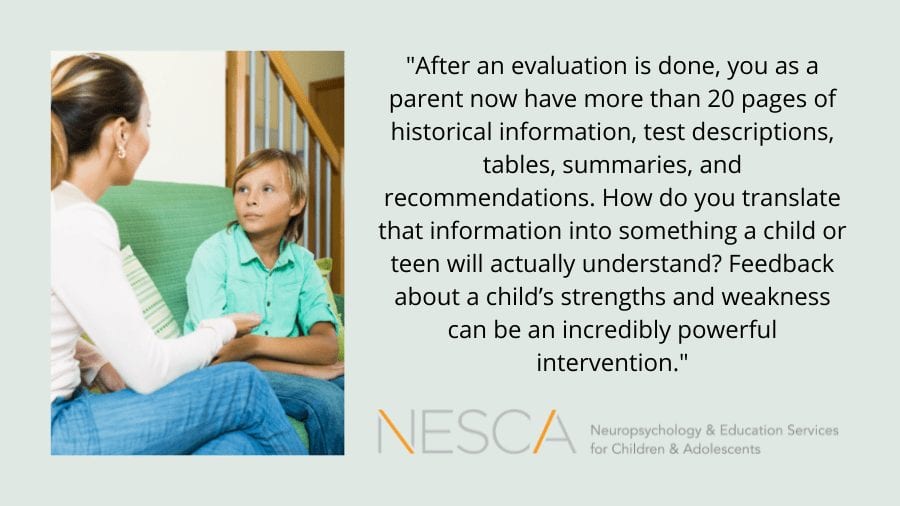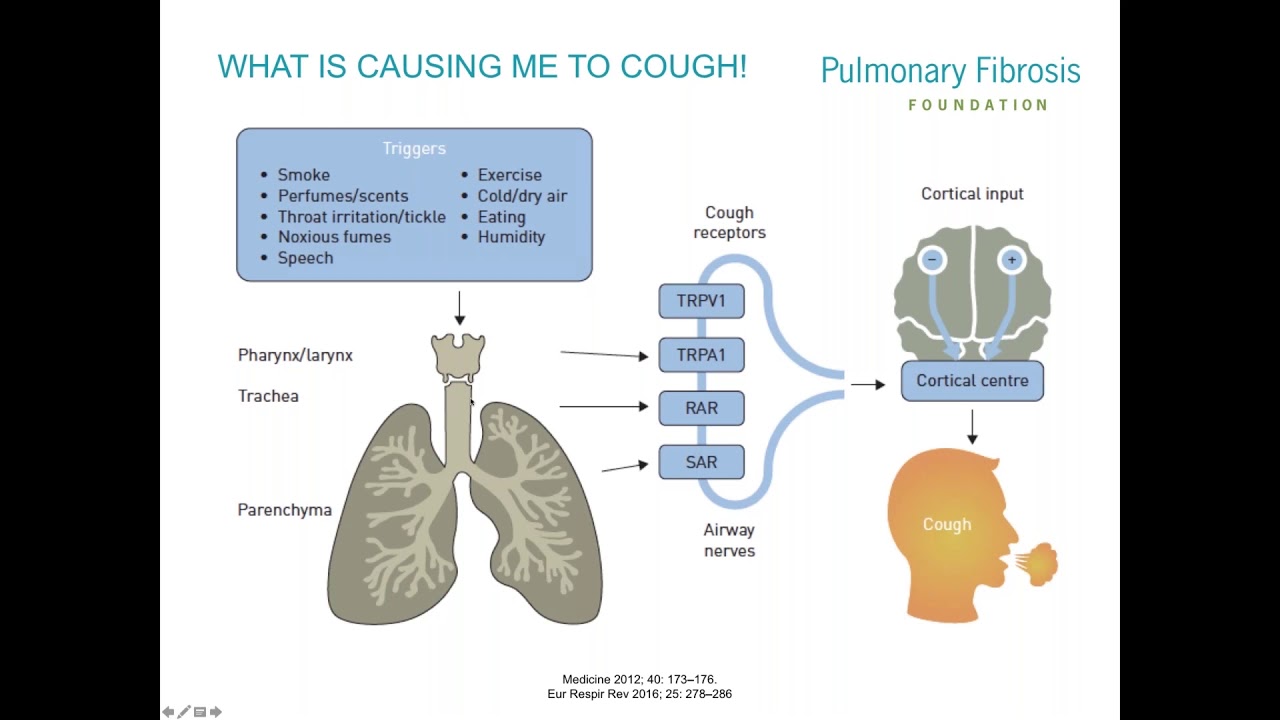
There are several tips to help you get your child to the pediatric ER. The first tip is knowing when it's safe to go. This is especially true if your child has a medical condition. Not only is it reassuring to hear from a professional that it is time for you to go, but it also means that you don't have to wait around for other children.
The pediatric emergency room provides safe and quality care for children. If you have questions, don't be afraid to ask. Some emergency rooms offer toys, books and other games that are child-friendly. Other ERs have child life specialists, which can help ease your child's anxieties. You can bring a translator with you if English is not your first language. It is easy to communicate with medical staff at the pediatric ER.
Many children's hospitals offer valet parking at no cost to patients. You can park your vehicle in the valet parking lot and then walk into ER. The pediatric ER houses four triage rooms. Two trauma rooms are also found in the pediatric emergency room. These rooms are in addition to the nine-bay area for asthma treatment.

The pediatric emergency department is also staffed by board-certified pediatricians, which means you'll receive expert care for your child. They are also available for consultation at all times, and the nurses are trained in Pediatric Advanced Life Support. There are also many pediatric specialists on staff, including pediatricians, respiratory therapists, phlebotomorphologists, and patient care technicians. All of these specialists are available to perform additional testing if needed.
Children's emergency rooms have a wide range of technology available, including iPads. These tablets can be used to make rounds by doctors and allow them to play computer games. This allows doctors check vital signs, and to care for sick kids. To treat breathing problems, they may also inhale nitric dioxide.
You will be met by a triage nurse upon your arrival. She will ask you questions about the health of your child. You will be asked about the symptoms of your child's illness, and he will also measure your child's temperature. You will be asked questions by the nurse about your child's health. Depending on the nature of the illness, your child may receive an examination by two doctors, one for the X-rays and one for the blood tests.
The ER may also provide written documentation, which will help you understand what's going on with your child. Some ERs may provide you with electronic documentation. Others will dictate your report and fax the information to your primary healthcare physician. Make sure your child has a container ready to use if they need to get a prescription for medication. You can also bring a sample of what you ate. This can help your child to understand the mechanism of medicine.

You can take your child to an urgent care clinic if they are not sick. These clinics can help with minor injuries and cuts, but they cannot treat serious illnesses.
FAQ
What is a medical system?
Medical systems have been designed to improve the quality of life and make it easier for patients to live longer and better lives. They ensure patients receive the best medical care, when and where they need it.
They make sure the right treatment happens at the right moment. They give doctors the information they need to provide the best advice for each patient.
What are the major functions of a system for health care?
The health care system should provide adequate medical facilities for people who need them at a reasonable cost while ensuring access to quality services by all.
This includes providing preventive healthcare, promoting healthy lifestyles, as well as appropriate treatment. It also includes equitable distributions of health resources.
What is the difference between health system and health services?
Health systems encompass more than just healthcare services. They cover all aspects of life, from education to employment to housing and social security.
Healthcare services, on other hand, provide medical treatment for certain conditions like diabetes, cancer and mental illness.
They may also refer to the provision of generalist primary care services by community-based practitioners working under the direction of an NHS hospital trust.
Statistics
- The health share of the Gross domestic product (GDP) is expected to continue its upward trend, reaching 19.9 percent of GDP by 2025. (en.wikipedia.org)
- Healthcare Occupations PRINTER-FRIENDLY Employment in healthcare occupations is projected to grow 16 percent from 2020 to 2030, much faster than the average for all occupations, adding about 2.6 million new jobs. (bls.gov)
- The healthcare sector is one of the largest and most complex in the U.S. economy, accounting for 18% of gross domestic product (GDP) in 2020.1 (investopedia.com)
- Over the first twenty-five years of this transformation, government contributions to healthcare expenditures have dropped from 36% to 15%, with the burden of managing this decrease falling largely on patients. (en.wikipedia.org)
- About 14 percent of Americans have chronic kidney disease. (rasmussen.edu)
External Links
How To
What are the four Health Systems?
Healthcare systems are complex networks of institutions such as hospitals and clinics, pharmaceutical companies or insurance providers, government agencies and public health officials.
The goal of this infographic was to provide information to people interested in understanding the US health care system.
These are the key points
-
The GDP accounts for 17% of healthcare spending, which amounts to $2 trillion annually. This is almost twice as large as the entire defense budget.
-
Medical inflation reached 6.6% last year, higher than any other consumer category.
-
Americans spend an average of 9% on their health costs.
-
There were more than 300 million Americans without insurance as of 2014.
-
Although the Affordable Health Care Act (ACA), has been approved by Congress, it hasn't yet been fully implemented. There are still many gaps in coverage.
-
The majority of Americans think that the ACA needs to be improved.
-
The US spends more money on healthcare than any other country in the world.
-
Affordable healthcare would lower the overall cost by $2.8 Trillion annually if everyone had it.
-
Medicare, Medicaid, as well as private insurers, cover 56% all healthcare expenditures.
-
These are the top three reasons people don’t get insured: Not being able afford it ($25B), not having enough spare time to find insurance ($16.4B), and not knowing anything ($14.7B).
-
HMO (health management organization) and PPO(preferred provider organisation) are the two types of plans.
-
Private insurance covers all services, including doctor, dentist, prescriptions, physical therapy, and many others.
-
Programs that are public include outpatient surgery, hospitalization, nursing homes, long-term and preventive care.
-
Medicare, a federal program, provides seniors with health insurance. It pays for hospital stays, skilled nursing facility stays, and home health visits.
-
Medicaid is a state-federal joint program that provides financial help to low-income persons and families who make too many to qualify for any other benefits.